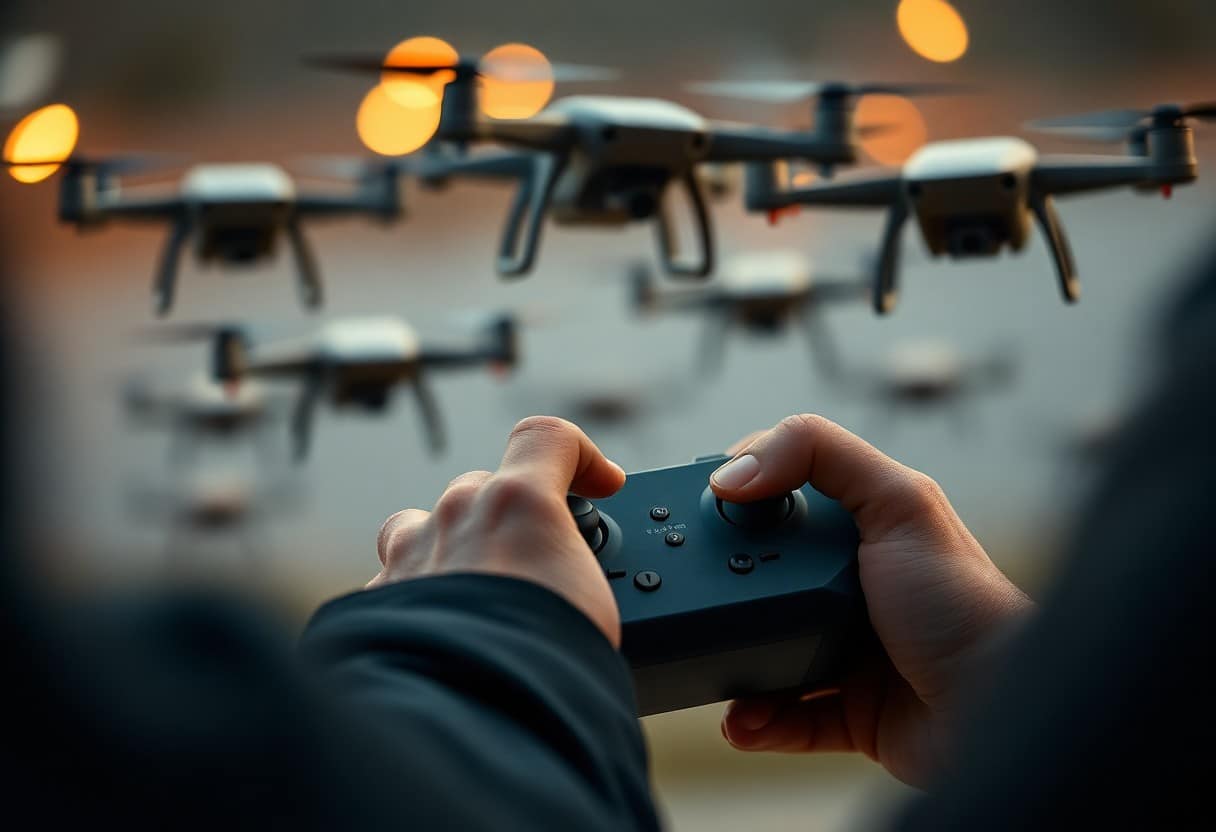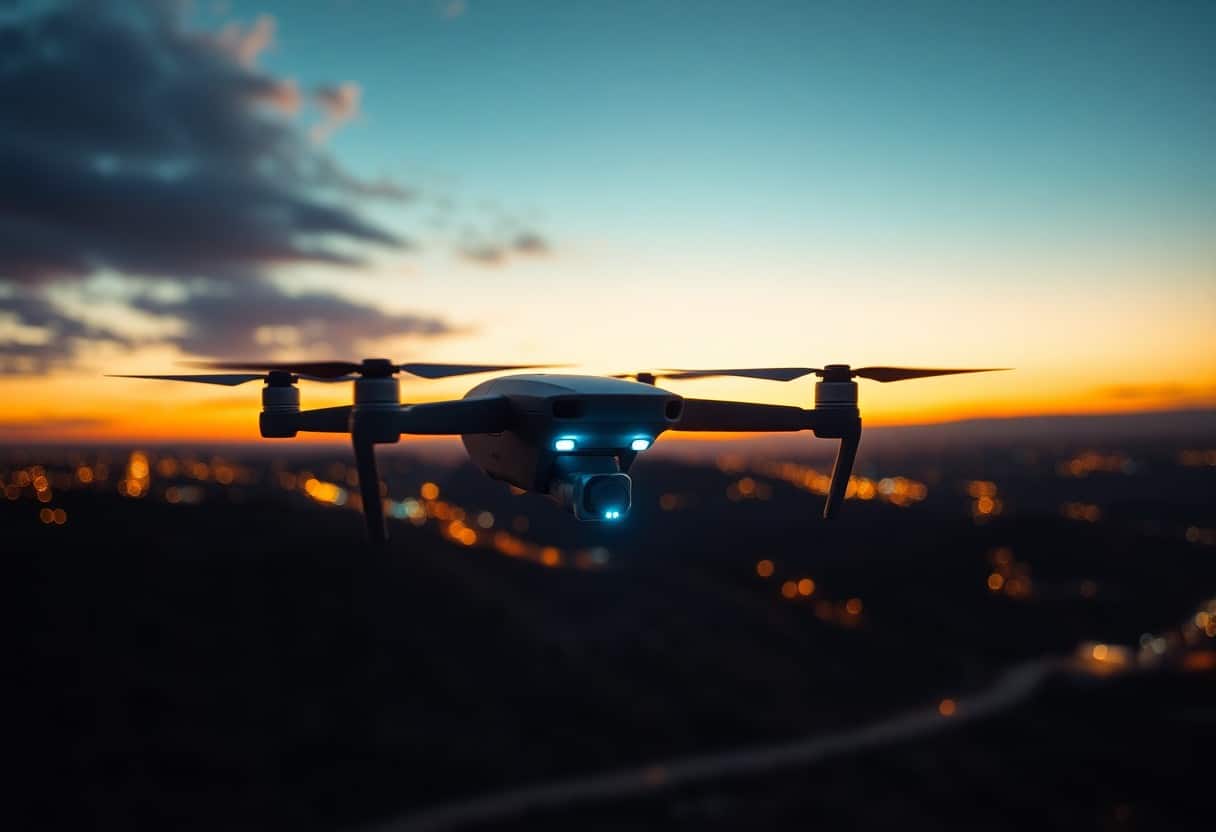10 Basic Steps to Understanding Safe Drone Flight Regulations
Before you start using your drone, it's important to understand the regulations. Follow theThese 10 must-have stepsWith this knowledge, you will be able to ensure your flight safety and avoid legal problems. In addition, this knowledge will enhance your skills and confidence as a drone operator. Whether it's a hobby or for professional use, following theCorrect specificationIt's the responsibility of every operator to make sure you enjoy your drone to the fullest. Let's go through these basic steps together!
Key Points:
- Understanding the law: Familiarize yourself with your country's drone laws and regulations.
- Registered Drones: Ensure that your drone is registered with your local organization and that you have the required permits.
- Flight Area Restrictions: Know the areas where flying is prohibited and restricted, especially in urban and sensitive areas.
- Maintaining Drones: Regularly inspect and maintain the drone to ensure safety and performance.
- Compliance with Visual Flight Rules: Keep the drone in sight and follow the relevant flight altitude restrictions.
- avoidance of interference: Respect your surroundings and the privacy of others, and avoid flying while interfering with others.
- Continuous Learning: Regularly update your knowledge of drone regulations and attend relevant training and seminars.
Study of local laws
When you're considering flying a drone, delve into theLocal LawThis is a vital step. This involves following not only federal laws, but also local and state regulations. Make sure you are fully aware of the specific restrictions in your area to avoid legal disputes and ensure safe flight.
Federal Regulations
Under federal law, all drone pilots must follow Federal Aviation Administration (FAA) guidelines. This includes registering your drone, adhering to flight altitude restrictions, and ensuring that flights do not interfere with other aircraft. Learn about thesefundamental requirementIt is important to conduct legal drone operations.
State statute
Outside of federal law, states may also have their own drone laws and restrictions. These laws may address privacy issues, restrictions on flying in specific areas such as parks or schools, and other specific requirements for drone use. You will need toCheck carefullyYour state statutes to make sure you follow all applicable laws.
State regulations typically vary from place to place, and specific restrictions may include no-fly zones in certain areas or permit requirements for drone use. Some states may also addressPrivacy in Drone Photographyquestions that require you to get permission to fly in a specific location. Therefore, a thorough understanding of theState statuteNot only will you protect yourself, but you will also help respect the rights of others and avoid potential legal problems. Make sure you stay informed of all laws pertaining to drone flying to stay safe and law-abiding.
Identify no-fly zones
Knowing and recognizing no-fly zones before you fly your drone is key to ensuring safety. These areas are often prohibited for security, privacy or other legal reasons. Being familiar with these no-fly zones can help you avoid the legal consequences of violating the law and ensure your safety and the safety of others.
airspace limitations
Airspace restrictions are one of the main factors affecting drone flight. These restrictions usually vary depending on the altitude of the drone and where it is flying. It is important to check your local aviation authority's website for the most up-to-date airspace information to ensure that you do not operate your drone in restricted areas.
Protected Area
Conservation areas are areas set aside to protect specific environmental, wildlife or cultural assets. These areas usually have strict restrictions on drone flights to prevent interference. You must carefully check whether your area is a protected area and follow the regulations.
Protected AreaTypically, these include national parks, nature reserves and historical sites, which are ecologically or culturally important. Flying a drone in these areas may not only violate the law, but may also have an impact on valuable ecosystems and human history. Make sure you investigate any no-fly zones or protected areas before flying and follow the rules to avoid liability.
Understanding Registration Requirements
Before flying a drone, you need to understand the correspondingRegistration RequirementsThe following is a list of the most popular drones in the world. Depending on the model and weight of the drone, many countries require pilots to register their drone. Not only is this a legal requirement, but it is also a way to ensure that you meet safety standards when operating your drone. Make sure you understand the specific regulations in your country or region so you can avoid potential legal problems.
weight limit
Dronesweight limitWhether registration is necessary is of paramount importance. In general, most countries require registration of drones weighing more than 250 grams. Ensuring that your drone meets these requirements prior to operation will help avoid fines or other legal consequences.
Application Process
realizeApplication ProcessIt is important to register your drone. Usually, you will need to fill out a form providing details of your drone and pay a registration fee. Applications can usually be completed online, but in some cases a site visit or further checks may be required.
During the application process, first visit the website of the local civil aviation authority to obtain the relevant information.Guidance DocumentThen, fill out the required forms to ensure that you have the necessary information. Then, fill out the required forms to ensure that yourThe information is correctThe application will be processed accordingly and you may be notified of requests for more detailed information. After submitting your application, there will be corresponding processing times and you may be notified of requests for more detailed information. Be patient and ensure that you are ready to provide all the information required to facilitate the smooth progress of your application.
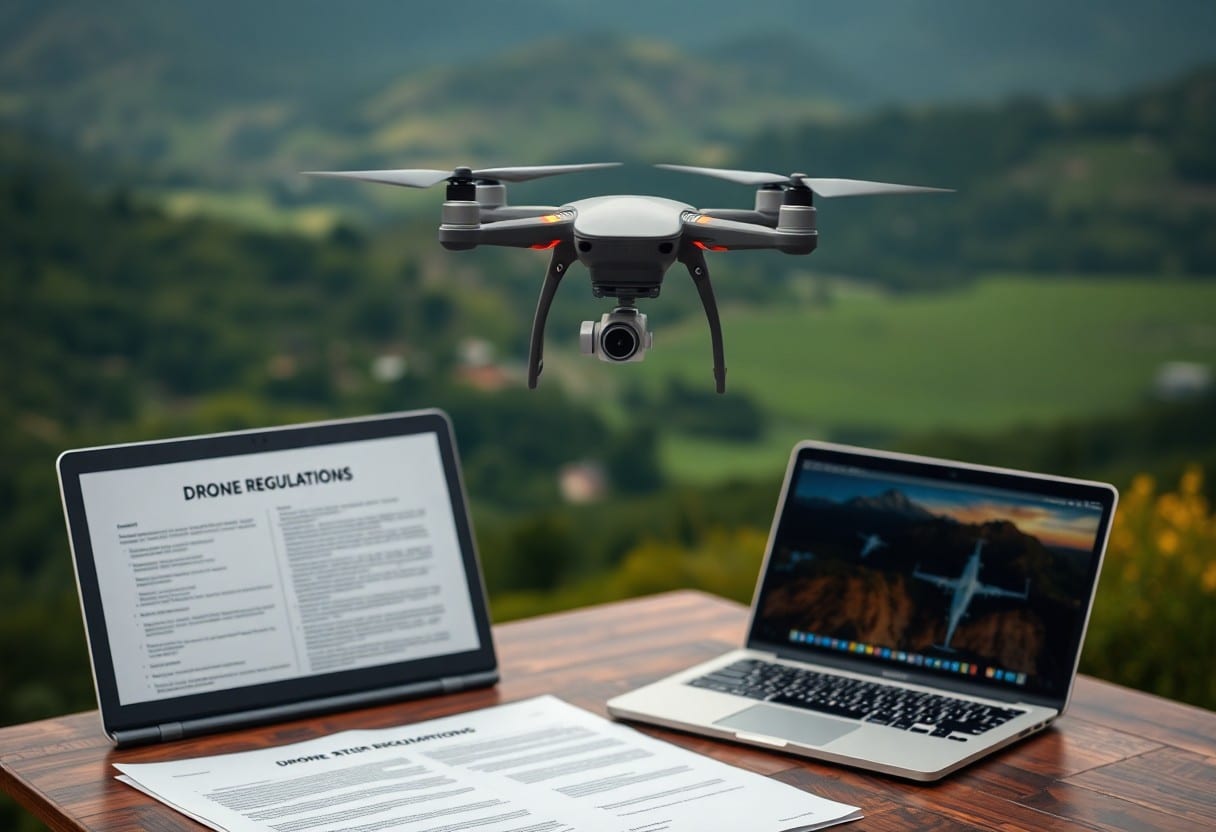
Understanding Operational Limitations
Before operating a drone, you must know youroperational limitation. This includes the weight, size and required licenses for drones. Knowing these restrictions can help you stay safe and avoid potential legal problems. Following the regulations will not only protect your own interests, but also the safety of others.
height restriction
When flying, you must followheight restriction. Under local law, drones are usually not allowed to fly above a specific altitude to avoid conflicts with other aircraft. In many places, the maximum altitude is limited to 400 feet. Make sure you understand and follow these regulations to ensure a safe flight.
Flight Time
Drones must also follow specific hours of use.Flight TimeRequirements. For example, in some areas, you may only be able todaytimeFlying, and inlack of lightingThe drone must not be operated under any circumstances. The purpose of these regulations is to ensure that you have a clear view of the drone, thus making it easier to maneuver the drone and reducing the risk of accidents.
realizeFlight TimeLimitations are important to protect your safety. Many drone operators do not take visibility into account when flying at night, which can result in failure to recognize obstacles or other craft in your surroundings. Follow the rules and choose to fly atBright dayConducting a flight will help you stay aware of your environment and control your cell phone, reducing the risk of an accident.
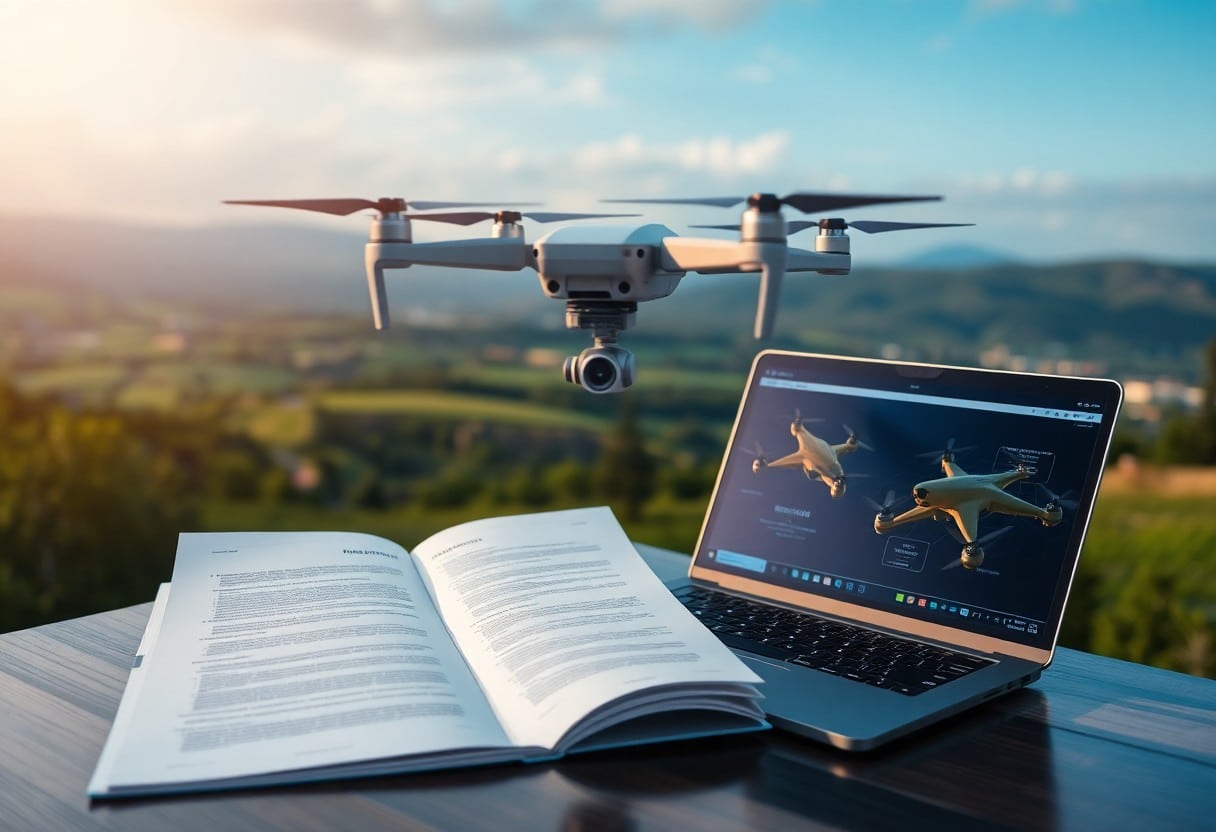
Complete Training Program
To ensure that you can fly safely, join theComplete Training ProgramIt is essential. This will not only help you keep up to date with the latest drone regulations, but also improve your operational skills and ability to respond to unexpected situations. With professional training, you'll be able to get hands-on practice and expert guidance to make your flights safer.
Online Courses
Online courses offer the flexibility to learn on your own time. These courses cover the basics of drone operations, laws and regulations, and safety guidelines, so you can learn what's important in a comfortable environment and check for resources whenever you need them.
Face-to-face training
joinFace-to-face trainingYou will be able to interact directly with a professional trainer and receive immediate feedback on the actual operation. This form of training allows you toBetter simulation of real-life situationsThe company also emphasizes risk identification and management, enabling you toIncreased familiarity with operational processesand legal requirements.
Face-to-face training not only provides specialized theoretical knowledge, but also allows you to Hands-on practice in a real environmentThere is no easy substitute for an online course. You will have the opportunity to share your experience with other students and be guided by the instructor.Solving Specific ProblemsThe program is a great way for you to learn more about the operation, maintenance and regulations of your drone. Through this interaction, you can gain a deeper understanding of drone operation, maintenance and regulations, laying a solid foundation for your flying journey.
Keep Updated
During the flight of the drone.Regulations may change at any timeIt is therefore important that you check regularly for the latest information on drones. Refer to this linkWhat are the best practices for lighting in drone photography?The program is designed to help you understand how to keep your information up to date so you can fly safely.
News Subscription
To ensure that you are kept up-to-date with the latest aviation regulations and drone-related news, it would be a good idea to subscribe to a newsletter about drones. This way, you can stay up-to-date with the latest developments and avoid unnecessary legal issues.
Concern for the Aviation Committee
Keeping an active interest in the relevant aviation boards and commissions will allow you to receive the most up-to-date information on drone policies and regulations. These boards often issue bulletins and guidelines to help flyers better understand and comply with the regulations. Pay special attention to safety guidance in your area.It's important to protect yourself and others.The
Understanding Insurance Needs
Before operating a drone, you need to have an in-depth knowledge of theInsurance Requirements. Whether it's for hobby or professional use, proper insurance coverage can provide you with the protection you need to prevent accidents and losses while flying. Insurance can reduce yourFinancial RisksWe're here to help you fly with peace of mind.
Liability Insurance
Liability insurance is key to protecting you from third-party damage claims. If your drone accidentally damages someone's property or causes personal injury, liability insurance can cover the legal fees and damages you may face. For any drone operator, having aAdequate Liability InsuranceIt is very necessary.
Policy Options
When choosing an insurance policy, you will be faced with differentPolicy OptionsThis includes overall flight insurance and professional drone insurance. You need to consider the frequency of flights, the purpose and the potential risks to make an informed choice. Insurance companies often offer customized plans to fit the needs of different pilots.
Details: Policy options include not only basic liability coverage, but may also cover risks such as drone damage, robbery or theft. Make sure you understand the nuances of each option, such as deductibles, coverage limits and premiums. It's wise to compare the terms of different insurance companies to get the plan that best suits your needs, so you can be sure that you're covered.drone operationbe adequately safeguarded.
Maintaining Equipment Compliance
To ensure the safe flight of your drone, you must first maintain equipment compliance. This means that your equipment must meet allLatest Legal Requirementsand standards. You can refer to the10 Powerful Steps to Enhance Your Drone PhotographyTo learn more about the specific requirements, click here. Following these guidelines will not only keep you safe, but also minimize potential liability.
Regular Inspection
Regularly conduct your droneCheckThis is the key to making sure it runs properly. You should check the batteries, propellers and other critical components on a regular basis so that problems can be detected early and prevented during flight.
Software Updates
Keep the droneSoftware UpdatesIt is crucial because developers are constantly releasing fixes and improvements to the program to optimize performance and security. You must ensure that you regularly download and install the latest version of the software to enjoy the latest security enhancements.
Software updates not only provide new features but also correct security vulnerabilities. Therefore, you should regularly check for available updates and install them in a timely manner. In this way, you can protect your drone, minimize the risk of accidents that may occur during operation, and ensure smooth and safe flights. Remember, for the maintenance of your drone, it is important to always keep thesafety in the first placeThe
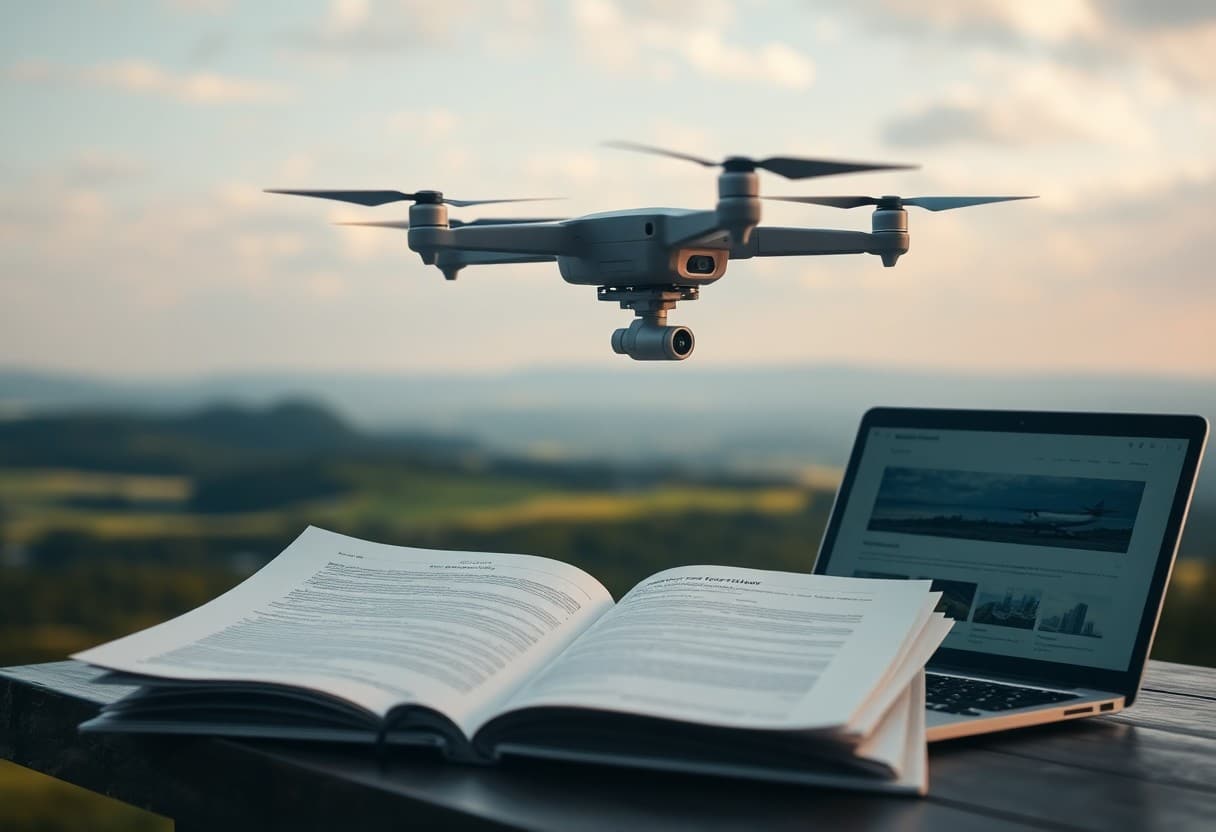
Practicing Responsible Flying
When operating a drone, you must always practiseResponsible Flight. This not only keeps you and others safe, but also protects your drone. Learn moreSafe Flight PracticesYou may refer toBasic Steps - How to Start Drone Mapping and Aerial 3D ReconstructionThe
Respect for privacy
During the flight, you shouldRespect the privacy of others. Try to avoid filming others without their consent, whether in a public place or in a private area. This is not only a legal requirement, but also key to building a good image of your drone community.
Avoiding distractions
Your concentration is critical when operating your drone. Make sure you don't get distracted by cell phone messages, side conversations, or other factors. Preventing any distractions will help you better control the drone, comply with theSafety Rulesand avoid possible accidents.
Distractions can lead to accidents and even jeopardize the safety of others. Therefore, before you take off, make sure you haveClosure of unnecessary notificationsYou will be able to practice and concentrate on the drone's maneuvering. Regular practice will help you improve your skills and be ready to respond to any unexpected situation. Keeping the environment quiet and giving yourself your full attention will be the cornerstone of your safe flight.
Understanding the 10 steps necessary for safe drone flights
Before you master the rules of drone flying, there are ten steps you need to know that will help you fly safely. These steps cover legal compliance, terrain analysis, and pre-flight preparation. A thorough understanding of these points will not only keep you safe, but also protect others by ensuring that your flying behavior is responsible and not illegal. Following these guidelines will help you navigate the world of drone flying.
Frequently Asked Questions
Q: What are drone regulations and why do we need to know about them?
A: Drone regulations are the laws and regulations governing the operation of drones in each country or region. Understanding these laws and regulations is essential to ensure safe flights, avoid liability, and ensure that you are not infringing on the rights of others.
Q: How do I get the latest information on drone regulations?
A: You can get the latest regulatory information by visiting your local aviation authority's website, attending drone-related training or seminars, and joining a drone enthusiast community.
Q: What steps do I need to follow before I fly to ensure compliance?
A: Before flying, you should confirm the regulatory restrictions of the location, assess the risk, check the status of the drone, ensure that you have the necessary permits, and communicate with the local aviation authority.
Q: How does the weight and altitude of a drone affect regulations?
A: The weight and altitude of the drone will affect the applicable regulations. For example, in some countries, a drone weighing more than 250 grams needs to be registered and has a specific flight altitude limit, usually no more than 400 feet.
Q: How do I make sure that my drone flights do not affect the privacy of others?
A: Ensure that you do not fly over private spaces and follow local laws regarding filming and surveillance. Also, avoid releasing pictures or videos to the public, and properly protect the privacy of others if you do not have their consent.
Q: Are there specific areas where drone flights are prohibited?
A: Flights are generally prohibited around airports, government buildings, gatherings, sensitive areas (e.g., military bases), and certain nature preserves. Check local laws and regulations for specific prohibited areas.
Q: What are the consequences if I violate drone laws?
A: Violations of drone regulations can result in civil fines, administrative penalties, and even criminal charges. The specific consequences depend on the nature and severity of the violation and the local laws.
